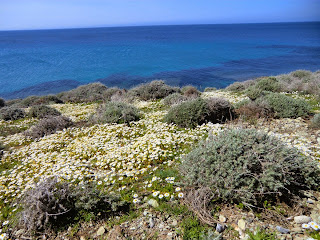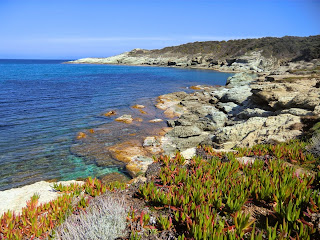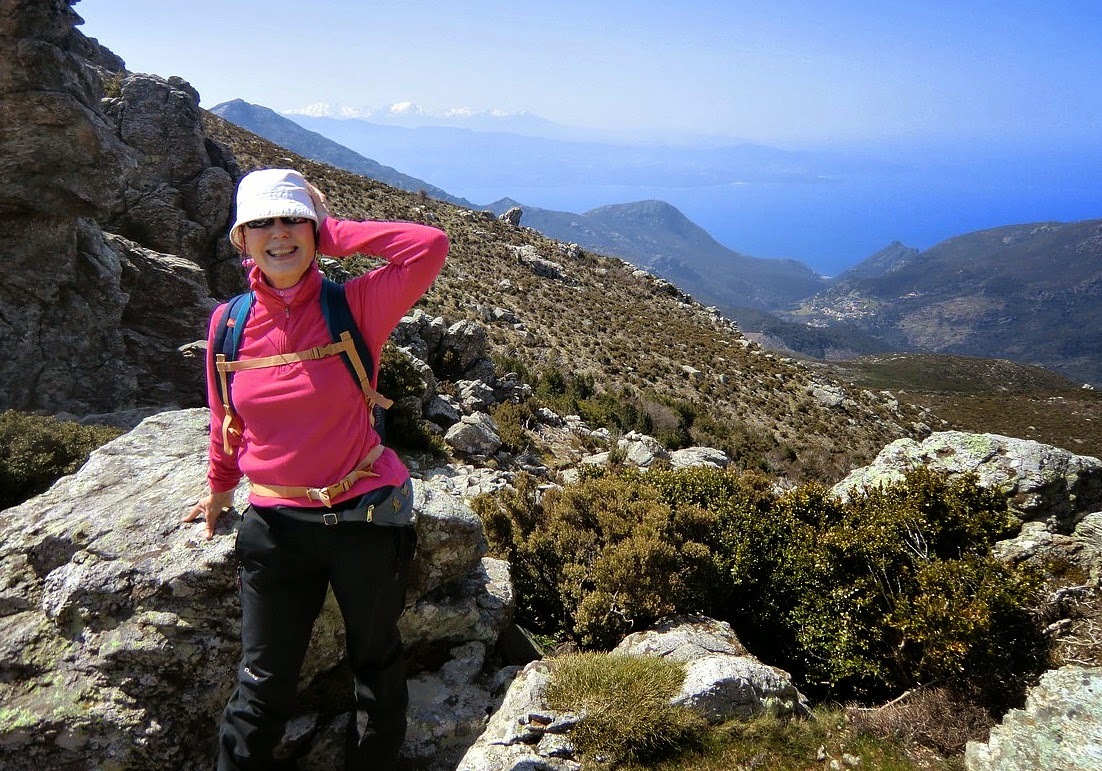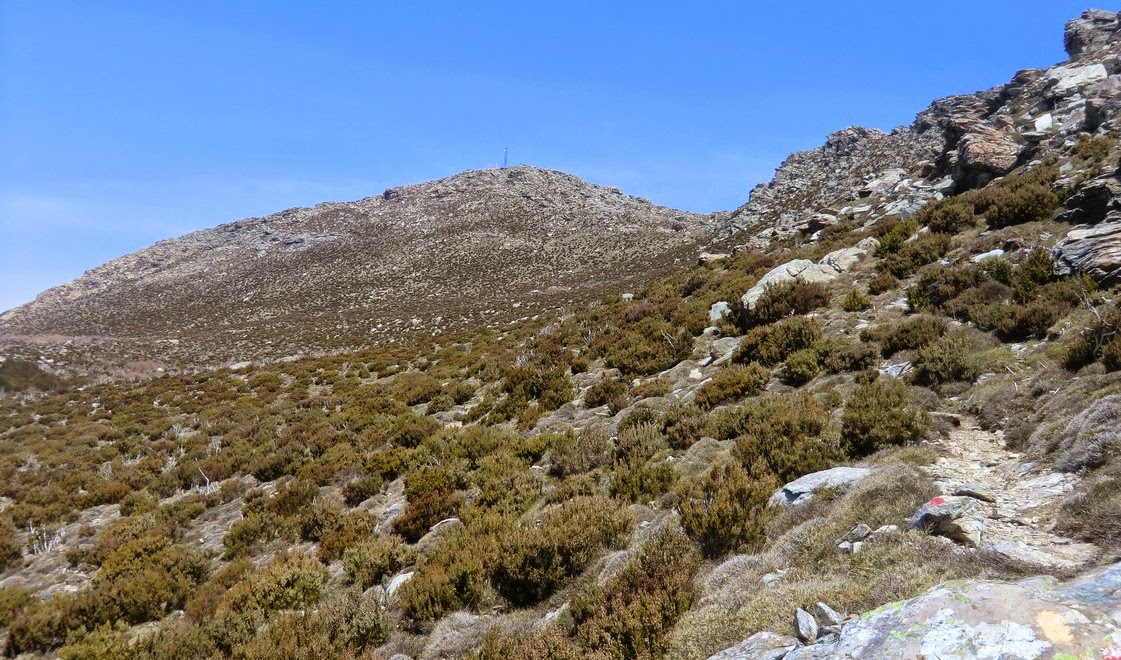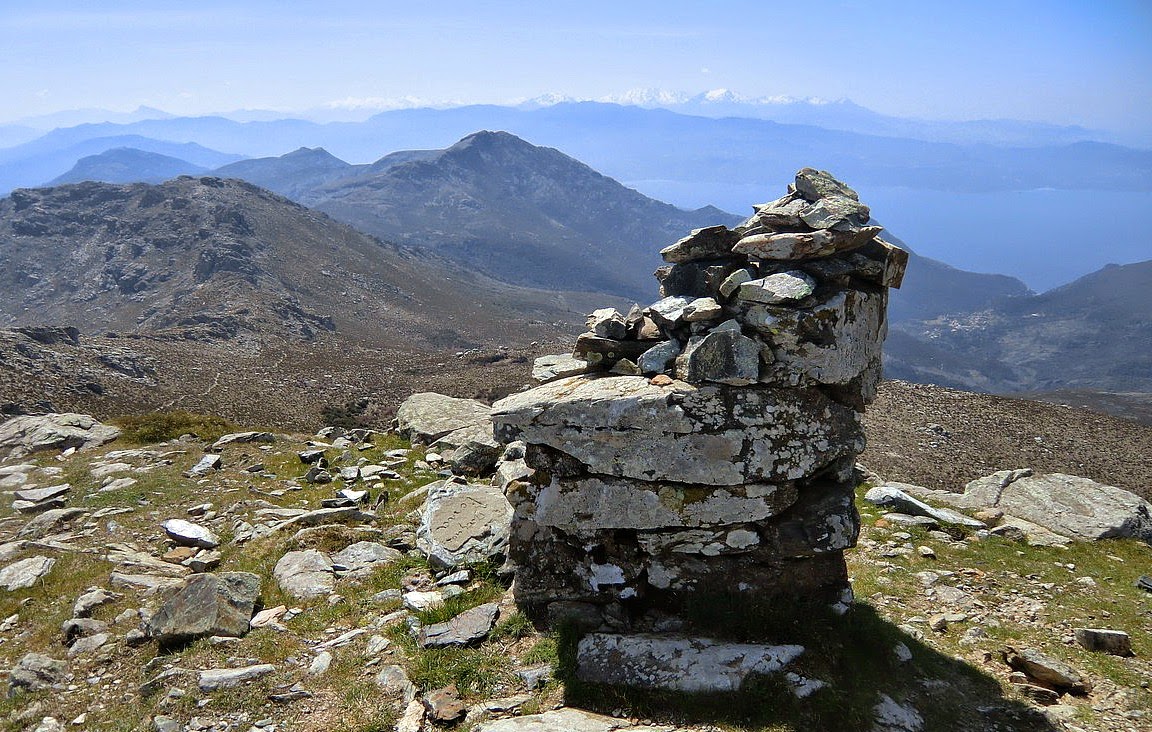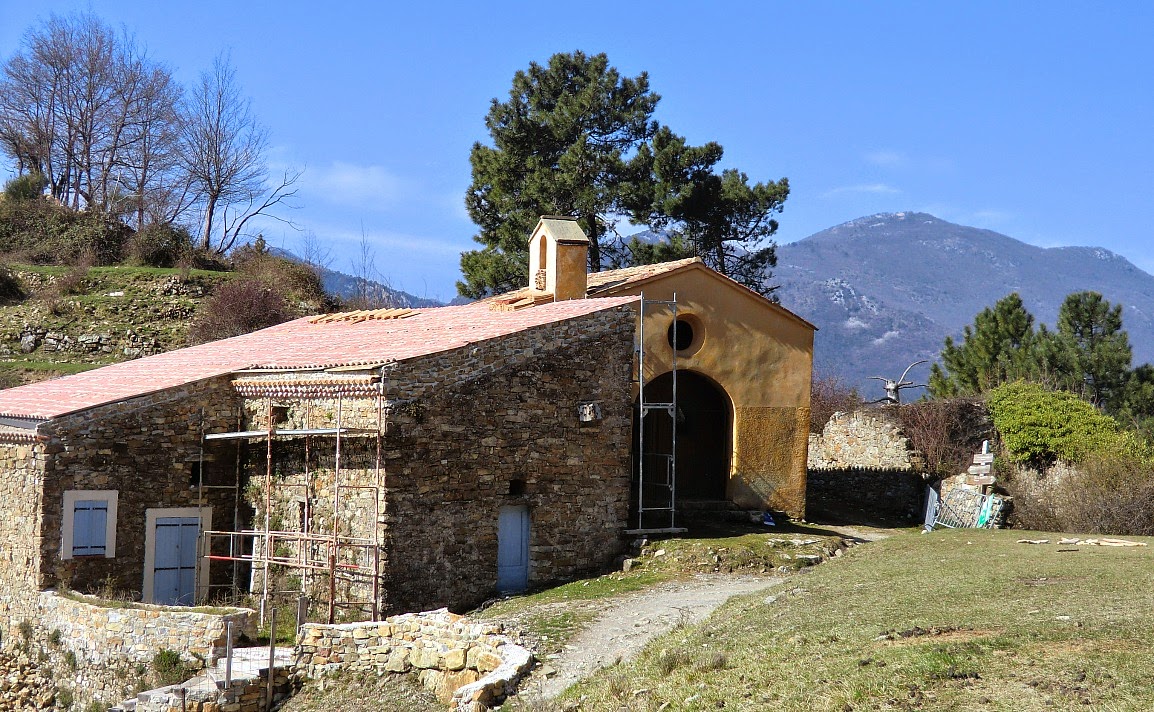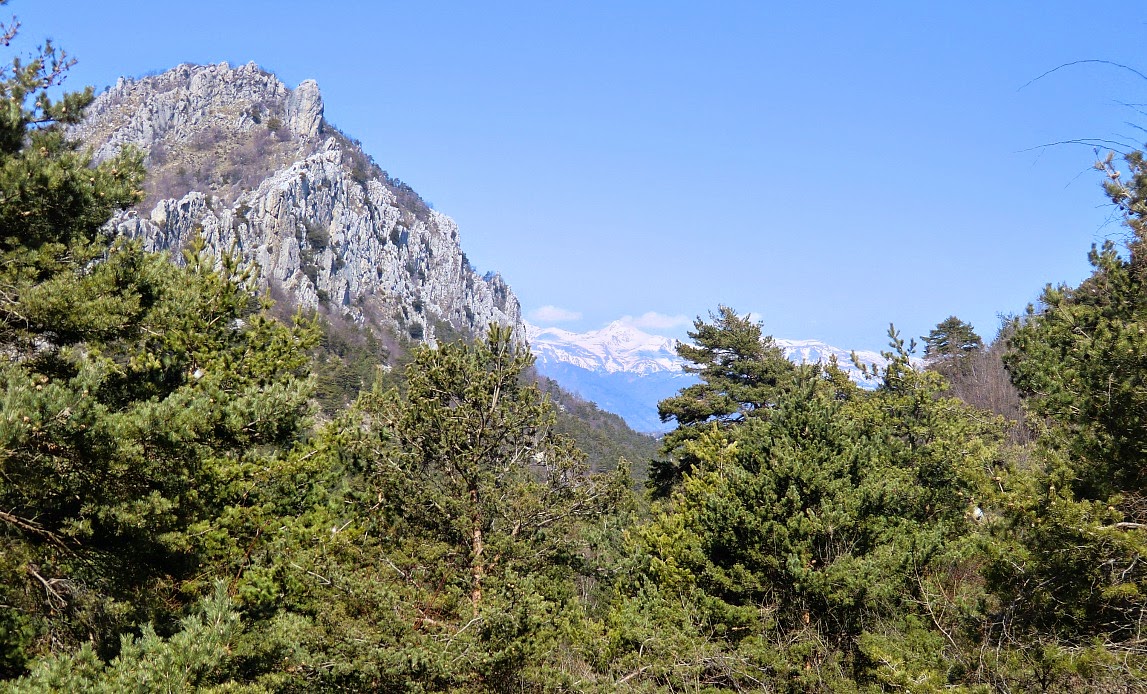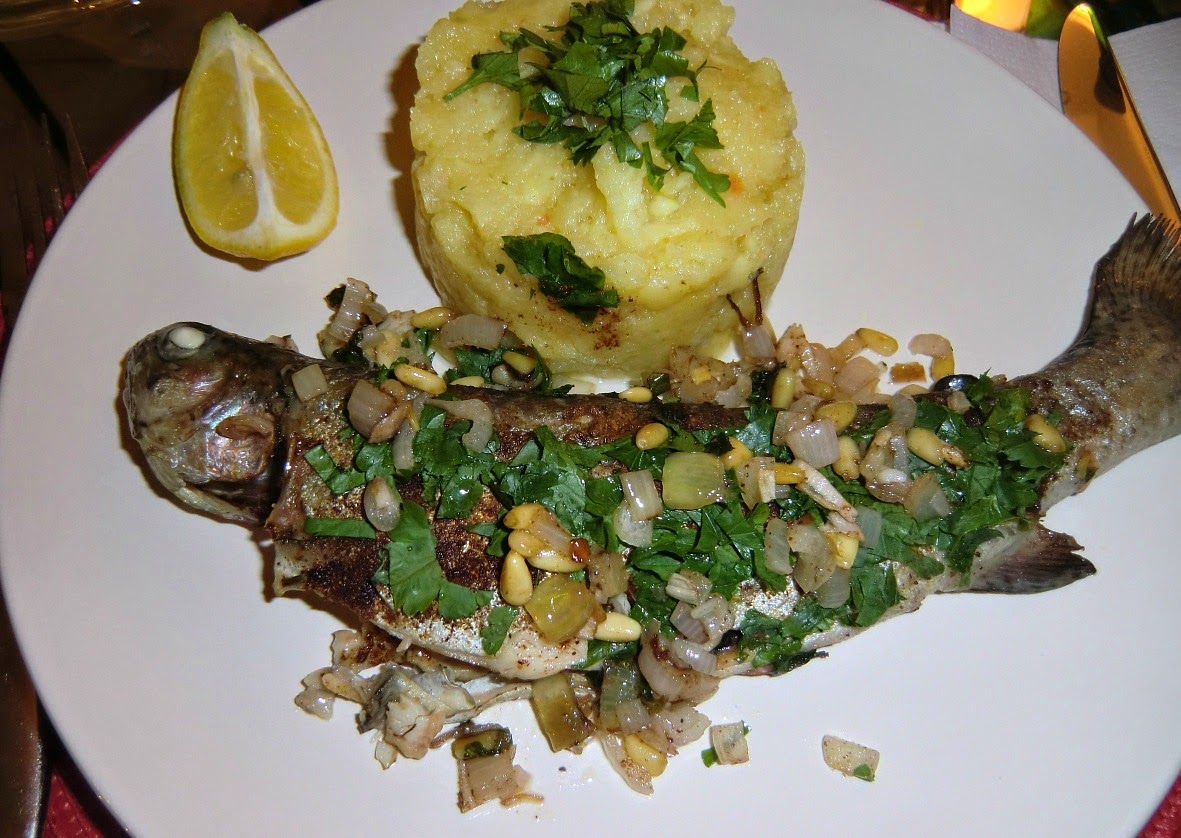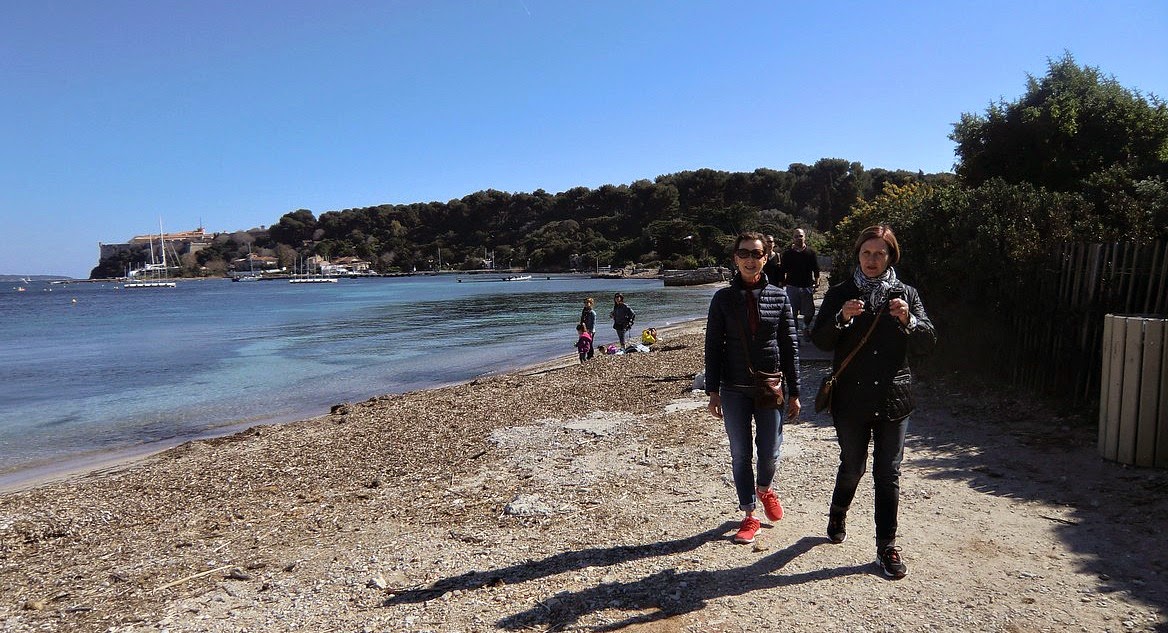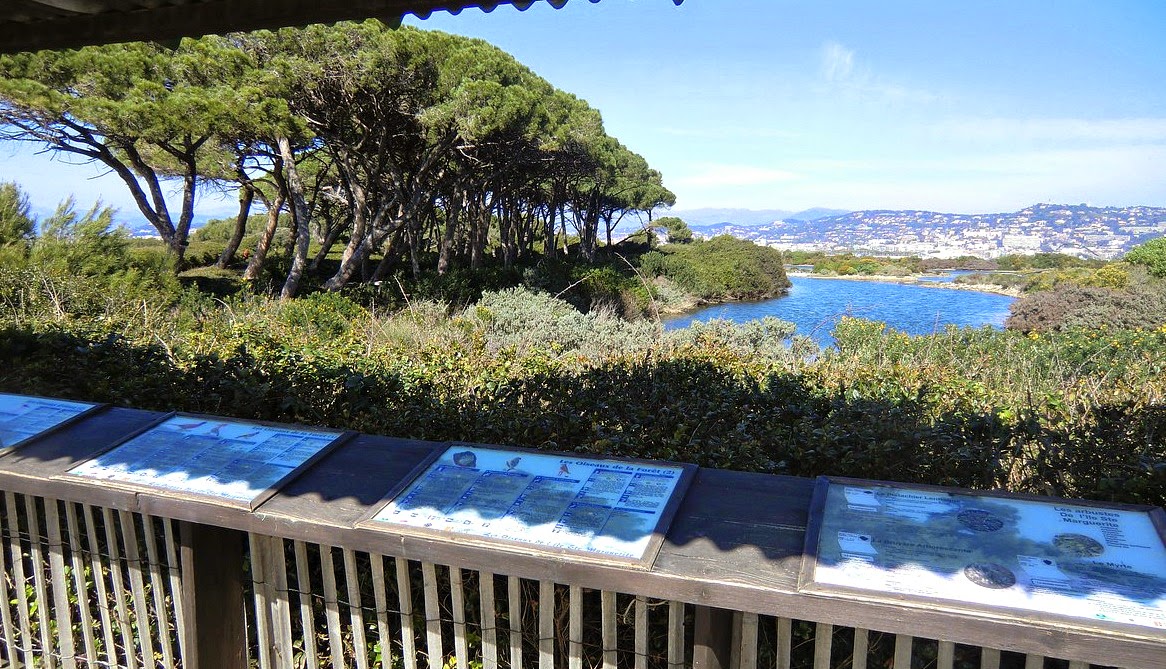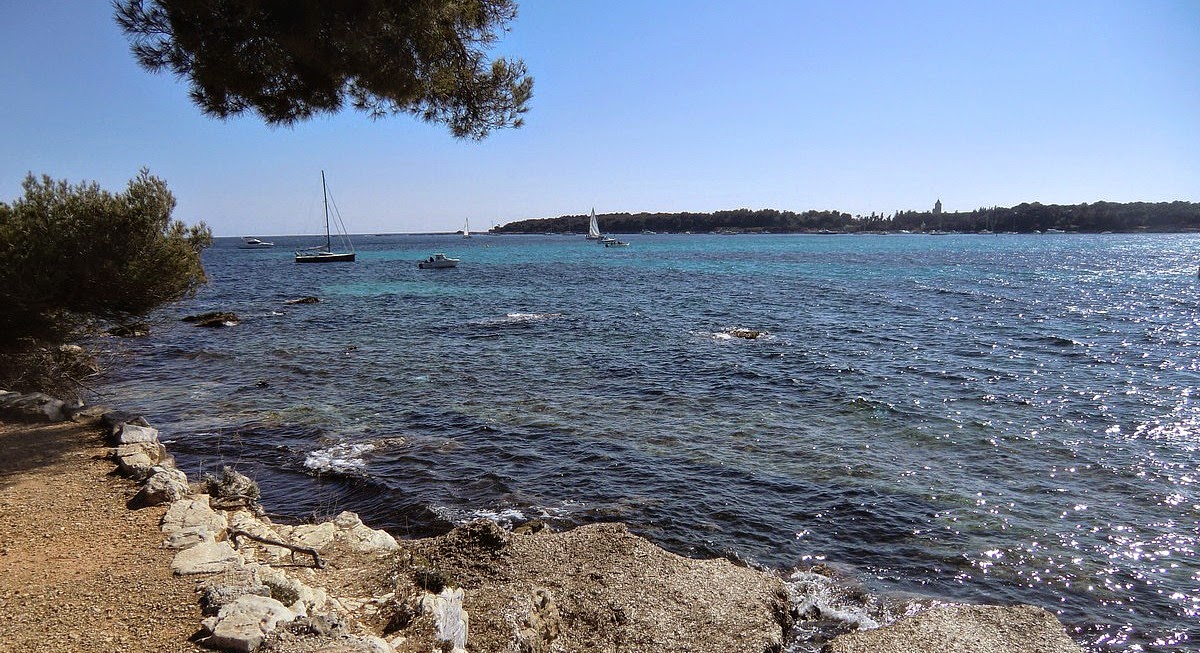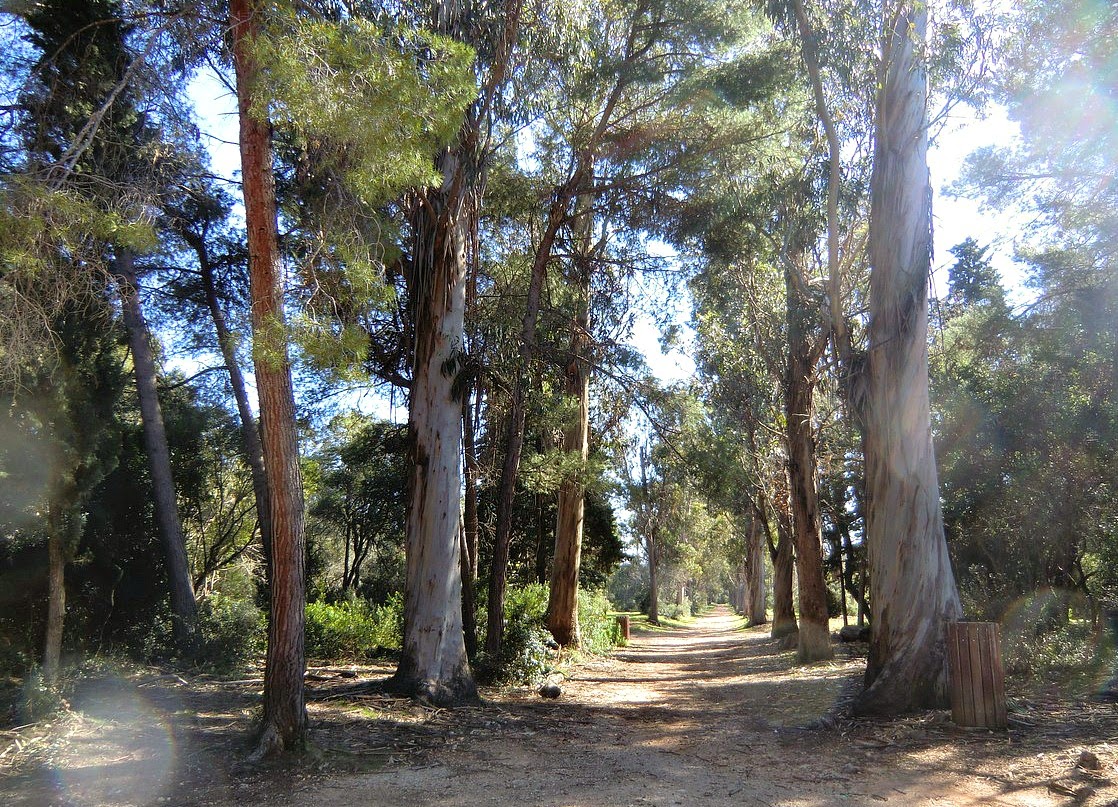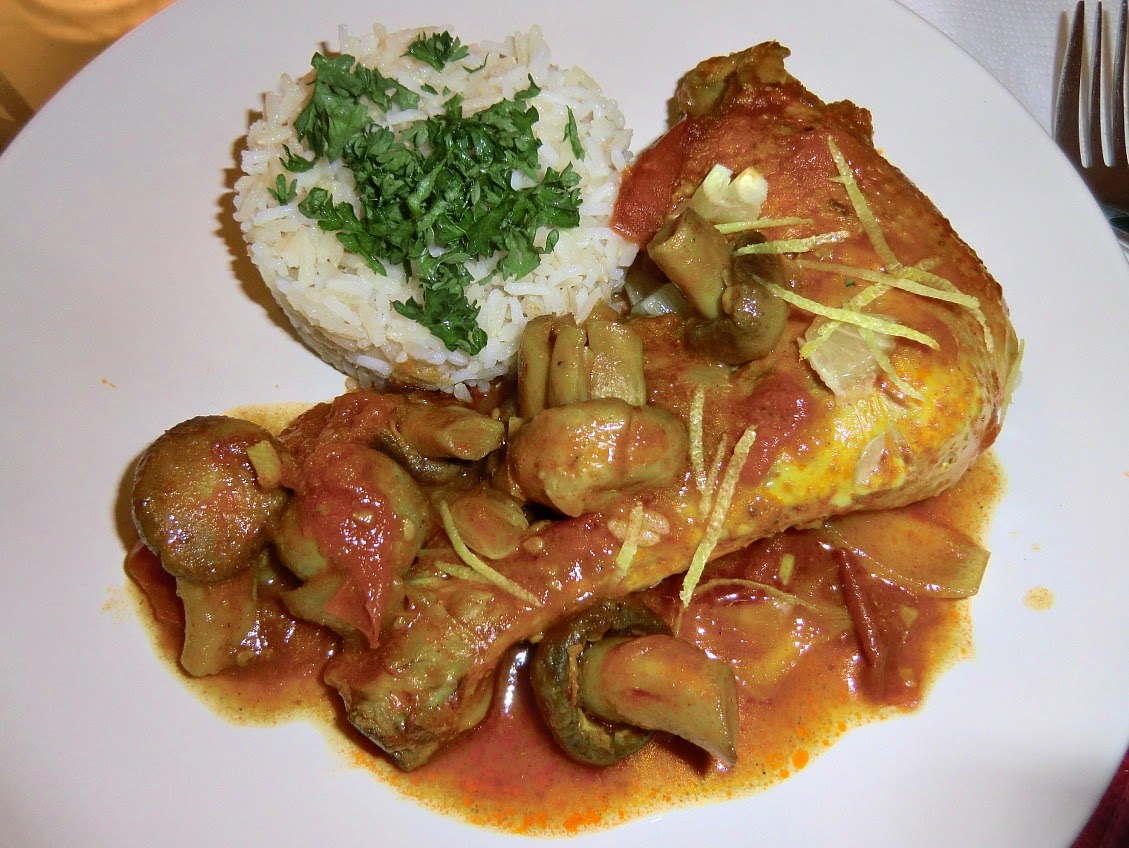Corsica: The coastal trail between Barcaggio and Tollare in Cap Corse
The coastal trail called the Sentier des Douaniers (customs officers’ path) in the northernmost tip of Cap Corse runs from Macinaggio to Centuri. The trail is quite long and many prefer to walk just one part of it. The section between Barcaggio to Tollare at the very tip of the peninsula is considered the most picturesque by many. It is possible to walk from Macinaggio to Barcaggio and take the boat back.
We drove to Bargaccio and explored the trail to Tollare. The walk takes just 45 min one way. It is an easy coastal footpath with minimal ascent. In April, the sea was still too cold for a dip. The D253 road down to Barcaggio is pretty narrow and winding. The other option, D153 is a bit wider. Both connect with the main road (D80) at Ersa. Animals are omnipresent on small Corsican roads and footpaths, take care!






